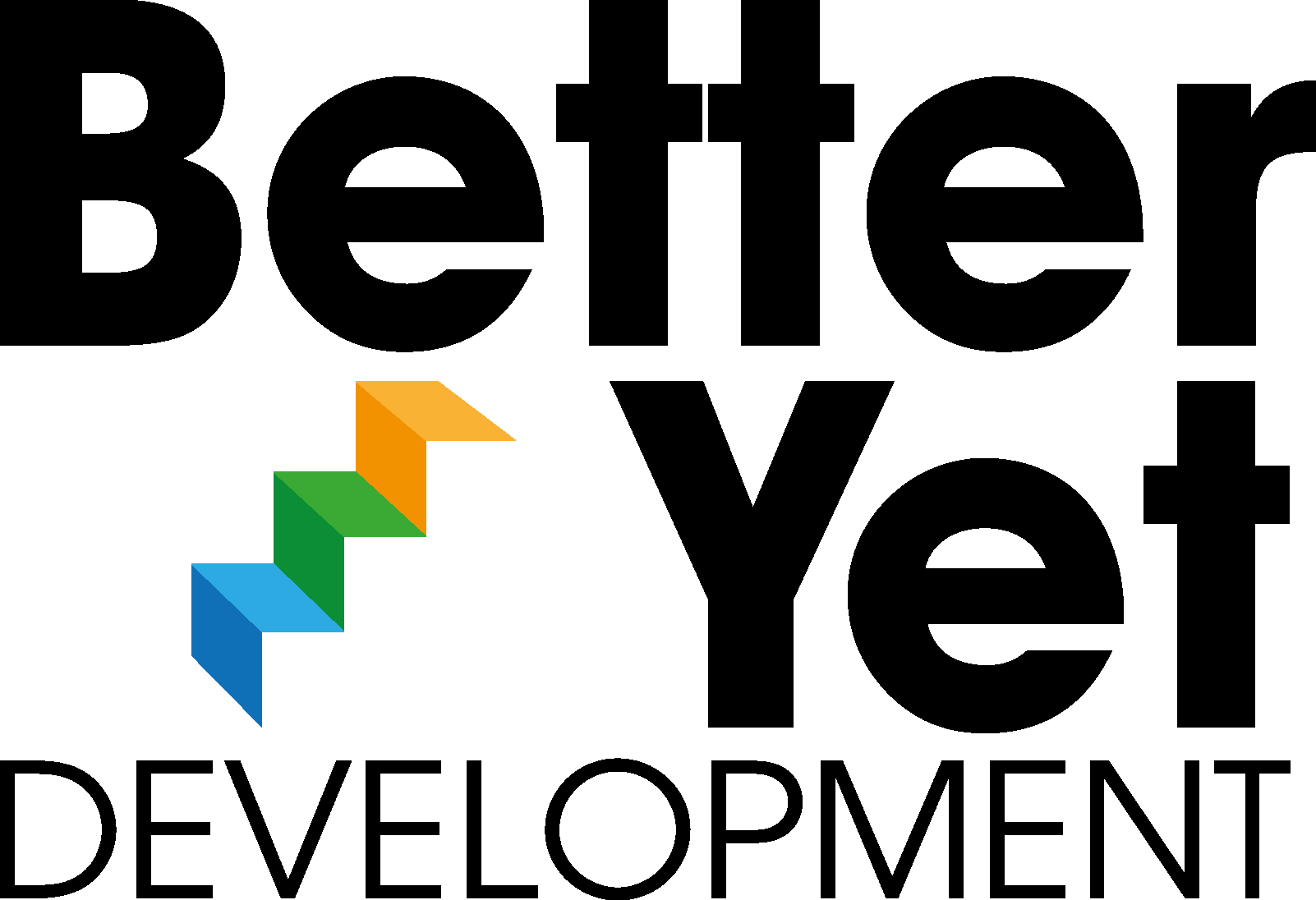In my work with teams, we’ll almost always spend time thinking about the team purpose.
It’s a foundational activity.
To be effective, every team needs to be clear why they exist as a team. Aside from having a common reporting line and frequently finding themselves in the same meetings, why do they need to be a team and what can they achieve by being a team that couldn’t be achieved by adding up their individual contributions?
When I initially pose the question, ‘What’s the purpose of this team?’, most leadership teams jump straight to articulating their contribution to the organisation’s mission. They might talk about their role in the delivery of targets. They will often talk about what they do and sometimes how they do it, but it usually takes some prompting before they get to the ‘why’.
A team’s shared purpose is something that only this team can do and that can only be done by working as a team.
In their formative stages many teams are teams in name only. Each member has their own interests and accountabilities. Primary concerns for members are promoting their areas of responsibility and looking good to the team leader. What’s lacking is an understanding of co-dependency.
Exploring the team’s purpose requires an answer to the question, ‘What requires us to be a team and collaborate rather than working as individual silos’?
Peter Hawkins talks about finding the ‘collaboration dividend’.
The process of developing a statement of purpose forces a team to collaborate and look outside of their own individual interests.
It requires them to think about their stakeholders, upstream and downstream, and consider what they as a team are uniquely able to deliver.
A purpose can’t be given to team members and can’t successfully be defined without reference to the wider system in which the team operates. Their purpose connects a team to that wider world.
A good and valuable team purpose must be both co-created and outward looking. It’s an essential step in moving the mindset from ‘me’ to ‘we’.
When a team has worked together to agree their purpose they have a common reference point, a tangible stake in what the team is all about and a north star to guide them in important decisions.
It will help them work out what they should be doing and just as importantly what they should not.
It will serve as a source of pride and cohesion. It keeps teams on track and makes it easier to bring in and integrate new members.
Once agreed, the purpose should be good for a decent amount of time. It’s a serious exercise, intended to provide guidance for the long term. That said, we all know how quickly and frequently things can change, so it’s good practice to review the team’s purpose in the light of major events or organisational shifts. An annual review by the team is sensible.
A good purpose takes time to create and agree. It doesn’t have to be a long, complex statement – in fact, the shorter and simpler the better. It’s not about elegant wording and flowing prose and it’s not really for sharing beyond the team.
It is though, one of the most important investments of time and energy that a team can make.
I have a tried and tested mechanism for painlessly creating a team purpose. Message or call if you’d like to know more.

